The GeoPandas documentation contains an example on how to add a background to a map (https://geopandas.readthedocs.io/en/latest/gallery/plotting_basemap_background.html), which is explained in more detail below.
You will have to deal with tiles, that are (png) images served through a web server, with a URL like
http://.../Z/X/Y.png, where Z is the zoom level, and X and Y identify the tile
And geopandas's doc shows how to set tiles as backgrounds for your plots, fetching the correct ones and doing all the otherwise difficult job of spatial syncing, etc...
Installation
Assuming GeoPandas is already installed, you need the contextily package in addition. If you are under windows, you may want to pick a look at How to install Contextily?
Use case
Create a python script and define the contextily helper function
import contextily as ctx
def add_basemap(ax, zoom, url='http://tile.stamen.com/terrain/tileZ/tileX/tileY.png'):
xmin, xmax, ymin, ymax = ax.axis()
basemap, extent = ctx.bounds2img(xmin, ymin, xmax, ymax, zoom=zoom, url=url)
ax.imshow(basemap, extent=extent, interpolation='bilinear')
# restore original x/y limits
ax.axis((xmin, xmax, ymin, ymax))
and play
import matplotlib.pyplot as plt
from shapely.geometry import Point
import geopandas as gpd
import pandas as pd
# Let's define our raw data, whose epsg is 4326
df = pd.DataFrame({
'LAT' :[-22.266415, -20.684157],
'LONG' :[166.452764, 164.956089],
})
df['coords'] = list(zip(df.LONG, df.LAT))
# ... turn them into geodataframe, and convert our
# epsg into 3857, since web map tiles are typically
# provided as such.
geo_df = gpd.GeoDataFrame(
df, crs ={'init': 'epsg:4326'},
geometry = df['coords'].apply(Point)
).to_crs(epsg=3857)
# ... and make the plot
ax = geo_df.plot(
figsize= (5, 5),
alpha = 1
)
add_basemap(ax, zoom=10)
ax.set_axis_off()
plt.title('Kaledonia : From Hienghène to Nouméa')
plt.show()

Note: you can play with the zoom to find the good resolution for the map. E.g./I.e. :

... and such resolutions implicitly call for changing the x/y limits.

